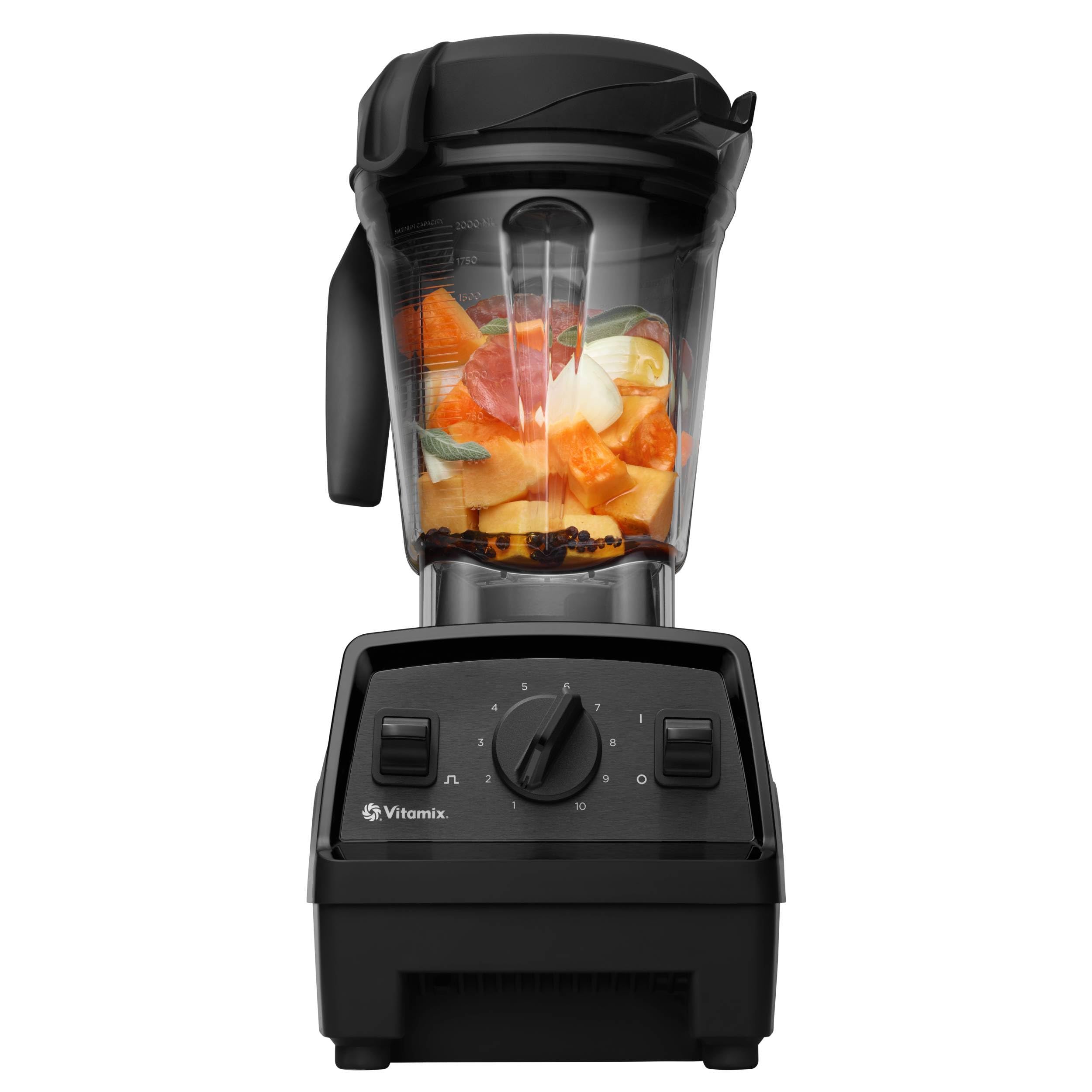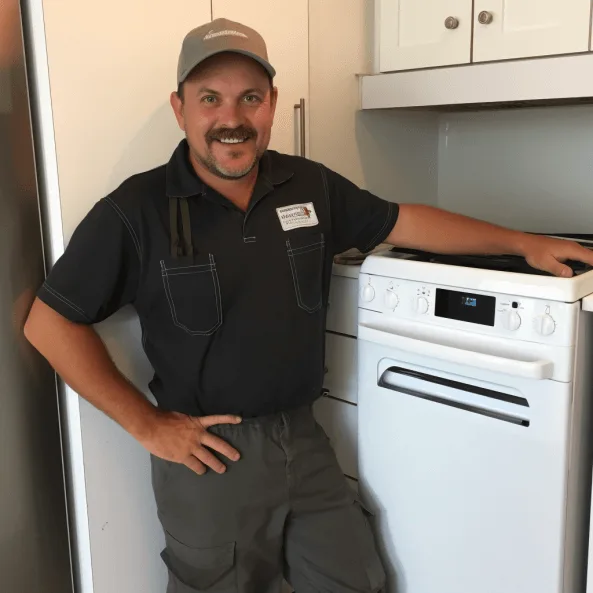Ever wondered how to keep your boat’s AC unit in top shape during the winter months? Picture this: you’re out on the water, and suddenly, your AC stops working. What a nightmare, right? But fear not, because in this article, you’ll discover simple steps to winterize your boat’s AC unit and avoid those chilly mishaps.
Understanding the Importance of Winterizing Your Boat’s AC Unit
When it comes to winterizing your boat’s AC unit, it’s crucial to understand why this process is essential for preserving your AC system’s functionality and preventing potential issues during the colder months. Here’s why it matters:
- Protects Against Freezing: Proper winterization helps prevent water from freezing inside the AC unit, which could lead to costly damages.
- Extends Lifespan: Winterizing your boat’s AC unit can extend its lifespan and ensure it operates efficiently when you need it most.
- Avoids Malfunctions: By winterizing, you reduce the risk of encountering malfunctions or breakdowns when you’re out on the water.
Winterizing your boat’s AC unit isn’t just about avoiding problems; it’s about ensuring your comfort and enjoyment while on board. By taking the time to prepare your AC unit for the colder months, you’re investing in a smooth-sailing experience when the temperatures drop.





Inspecting the AC Unit for Any Damage or Wear
When winterizing your boat’s AC unit, it’s crucial to start by inspecting it for any damage or wear. Here’s what you need to do:
- Check the unit’s exterior for cracks or signs of corrosion.
- Inspect the wiring for fraying or exposed areas.
- Look for leaks in the coolant lines or connections.
- Clean the unit and remove any debris that could impair its functionality.
By identifying and addressing any issues now, you can prevent further damage and ensure your AC unit is ready for winter.
Cleaning and Draining the AC Unit Before Winter Storage
When preparing to winterize your boat’s AC unit, cleaning and draining it properly are crucial steps. Here’s how to do it:
Cleaning the AC Unit:
- Inspect the unit for any dirt, salt, or debris buildup. You can use a soft brush to gently clean the exterior.
- Check the air filters and clean or replace them if necessary to maintain the unit’s efficiency.
- Turn off the AC system and disconnect all power sources to ensure safety.
- Locate the drain plugs or valves on the unit and remove them to allow any remaining water to drain completely.
- Flush the unit with fresh water to remove any residual salt or grime.
Proper cleaning and draining help prevent corrosion and damage to the AC unit during storage. This maintenance routine can extend the lifespan of your unit and ensure it’s ready to go when you need it in the warmer months.
Protecting the AC Unit from Freezing Temperatures
When winterizing your boat’s AC unit, it’s crucial to safeguard it from freezing temperatures to prevent any potential damage. Here are some essential steps to ensure your AC unit stays in good condition during the cold months:





- Insulate Exposed Components: Cover any exposed components of the AC unit with insulation to shield them from freezing temperatures.
- Use a Winter Cover: Consider investing in a winter cover specifically designed to protect your AC unit from the cold. It can provide an extra layer of insulation.
- Apply Heating Tape: For added protection, you can use heating tape on vulnerable areas to prevent freezing.
- Check Weather Forecasts: Keep an eye on the weather forecasts in your area and take additional precautions if there’s a risk of extremely low temperatures.
| Key Point | Data/Statistic |
|---|---|
| Insulating exposed parts | Helps prevent freezing and potential damage to the AC unit |
| Using a winter cover | Adds an extra layer of protection against the cold |
| Applying heating tape | Safeguards vulnerable areas from freezing |
Maintaining the proper temperature within the AC unit is essential to avoid any issues arising from freezing temperatures. By following these precautions, you can help ensure that your boat’s AC unit remains in optimal condition throughout the winter season.
Testing the AC Unit Before Spring Re-Commissioning
Now that winter is ending, it’s time to shift your focus back to your boat’s AC unit after protecting it during the cold months. Before spring re-commissioning, it’s crucial to test the AC unit to ensure it’s ready for the upcoming boating season. Here are some essential steps to follow:
- Inspect the System: Check for any visible damage or signs of wear. Look for loose connections or debris that may have accumulated during the winter.
- Turn on the Power: Start by turning on the power to the AC unit. Listen for any unusual sounds or vibrations that could indicate a problem.
- Check the Thermostat: Adjust the thermostat settings to see if the unit responds correctly. Ensure that it switches on and off as expected.
- Test the Airflow: Feel the airflow coming from the vents. It should be strong and consistent, indicating that the unit is functioning correctly.
- Monitor Temperature: Use a thermometer to measure the air temperature coming from the vents. It should reflect the temperature you’ve set on the thermostat.
- Inspect Cooling Performance: If possible, test the cooling performance of the AC unit. Make sure it can reach and maintain the desired temperature.
- Schedule Maintenance: If you encounter any issues during the testing process, schedule a professional inspection and maintenance to address the problems before they escalate.
Remember, proactive testing and maintenance are key to ensuring your boat’s AC unit operates efficiently when you hit the water again.
Conclusion
Now that you’ve gone through the necessary steps to winterize your boat’s AC unit, it’s time to shift focus to testing it before spring arrives. By inspecting for damage, checking power and thermostat functions, testing airflow and temperature, and evaluating cooling performance, you’re setting yourself up for a successful boating season. Remember, staying proactive with testing and maintenance will ensure that your AC unit runs smoothly when you’re out on the water. Enjoy peace of mind knowing that your boat’s AC system is ready to keep you cool and comfortable during those hot summer days ahead.
Frequently Asked Questions
Why is testing my boat’s AC unit important before spring re-commissioning?
Testing your boat’s AC unit before spring re-commissioning is vital to ensure it operates efficiently and provides adequate cooling during the upcoming boating season.





What are the essential steps to follow when testing the boat’s AC unit?
The essential steps include inspecting the system for damage, checking power and thermostat functionality, testing airflow and temperature, and assessing cooling performance.
How can proactive testing and maintenance benefit the AC unit?
Proactive testing and maintenance help identify and address any issues early, ensuring the AC unit operates efficiently and reliably throughout the boating season.

Hi, I’m Charlie, and I cover all things laundry here at Appliance Mastery.
I’ve spent over eight years working on washing machines, dryers, and dishwashers. I also have a degree in mechanical engineering, which helps me understand how these appliances really work.
I try to make every guide clear and practical. If you’re stuck with a noisy dryer or a leaking washer, I’ll help you figure out what’s wrong and how to fix it.
